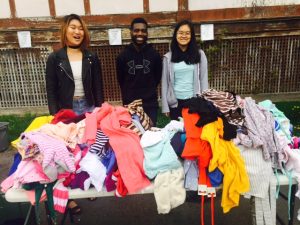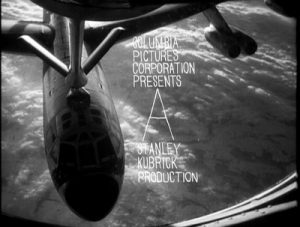How may times have we experienced it? The smile, handshake, talks about majors and career aspirations, and leaving conversations thinking you will try but ultimately, you won’t remember their faces the next day. You leave the conversation learning almost nothing the person you just met, nothing about the world, and nothing new about yourselves.
I am always sad when I think about these conversations, not because they went poorly, or that I felt awkward. I feel sad because I know that I missed the opportunity to get to know a person with a whole different set of ideas, experiences, and stories than me. I know I missed the opportunity to meet a person who can provide their inputs on topics that impact all of us, who can suggest a new way of looking at things.
For some reason, I personally need more “in depth” conversations at least once a week. If I don’t get my fair share, sometimes I dip into feeling loneliness, like my brain is being restricted to my day to day responsibilities, without the ability to think broadly and creatively. Last semester, I got caught up with the grind and often times would not take the time to talk about things that weren’t related to my immediate tasks. What I didn’t realize at the time, was that that was a huge part of why I dipped into the “sophomore slump”.
Last week’s coffee chats weren’t usual meet and greets. We did not merely talk about our career dreams and majors, but we delved into talks about what we believe is literature, what made authors come up with their ideas. I ended up learning a lot about the stories of Tolkien, C.S. Lewis, and JK Rowling that I have never known before. I also had the opportunity to hear heartfelt stories about peoples lives through a mutual connection of incorporating coffee shops into the story line.
I wish we can have more of these talks with strangers more often. I hope to find those who are like me, who want to talk about subjects more than just what they are going to do tonight, what parties they went to last night. Sure, sometimes reminiscing about good times is needed, but it’s important to give ourselves a dose of these conversations as well.
In the end, I met two new friends, and hopefully we can grab lunch soon.








